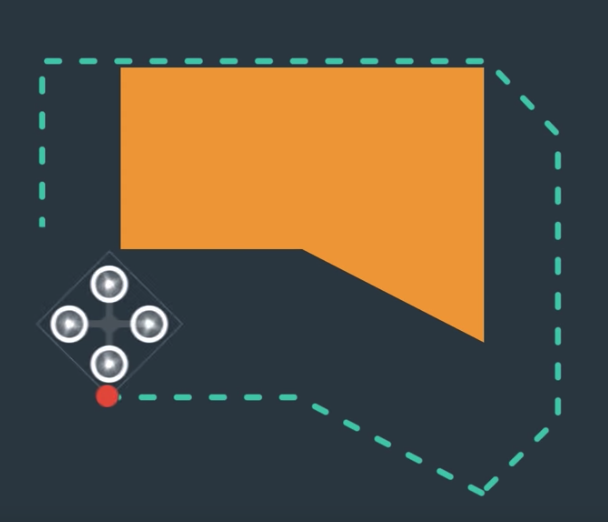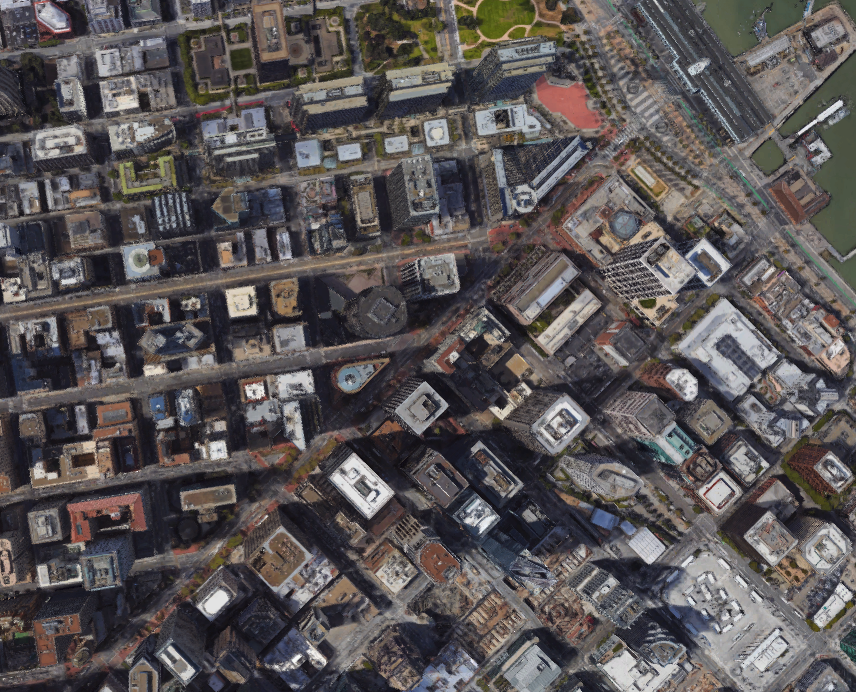15. Configuration Space Exercise
Configuration Space

In the previous video, you saw how a two dimensional robot, with two translational and one rotational degree of freedom, maps out a three dimensional configuration space. In general, flying robots have six degrees of freedom, three translational and three rotational. So the configuration space for a flying vehicle is six dimensional.
However, for this exercise, and in the upcoming project, rather than compute the full six dimensional configuration space of your quadrotor, you're going to simplify things by instead adding a margin of infeasible space around all obstacles, such that no matter the orientation of the vehicle you won't collide with obstacles. That might sound like cheating, but realistically, whether it's a quadrotor or a flying car, you generally don't want to fly very close to obstacles so this simplification makes sense.
Configuration Space Exercise
In this exercise you'll read in a csv file that contains a map of the environment with information about the position and extent of obstacles within the environment. The first line of the file contains the latitude and longitude of the center of the map. Where is this??

Good luck! Follow along with the TODO's in the notebook and if you get stuck, you can check out our solution by scrolling down to the link at the bottom of the notebook.
Workspace
This section contains either a workspace (it can be a Jupyter Notebook workspace or an online code editor work space, etc.) and it cannot be automatically downloaded to be generated here. Please access the classroom with your account and manually download the workspace to your local machine. Note that for some courses, Udacity upload the workspace files onto https://github.com/udacity, so you may be able to download them there.
Workspace Information:
- Default file path:
- Workspace type: jupyter
- Opened files (when workspace is loaded): n/a